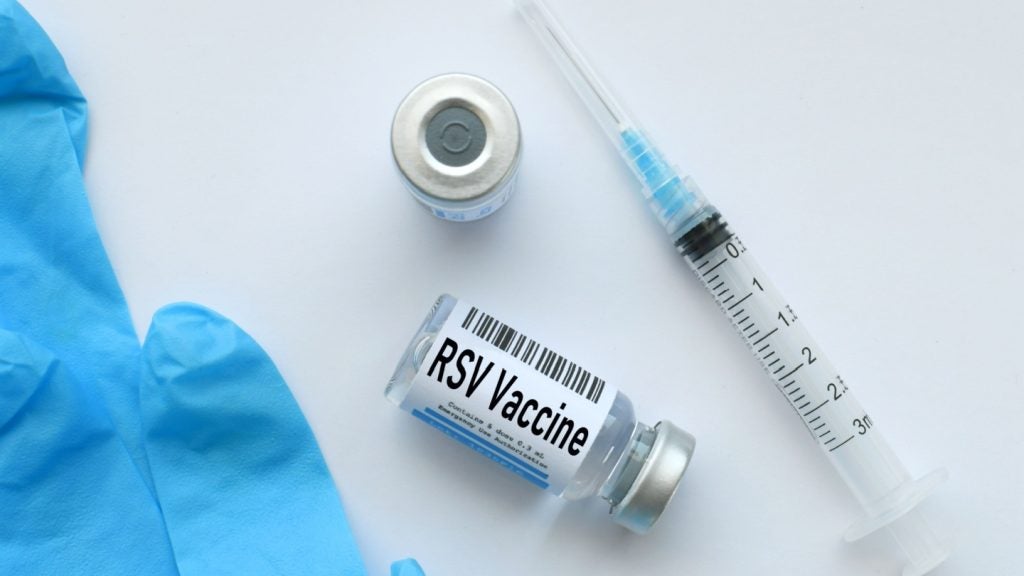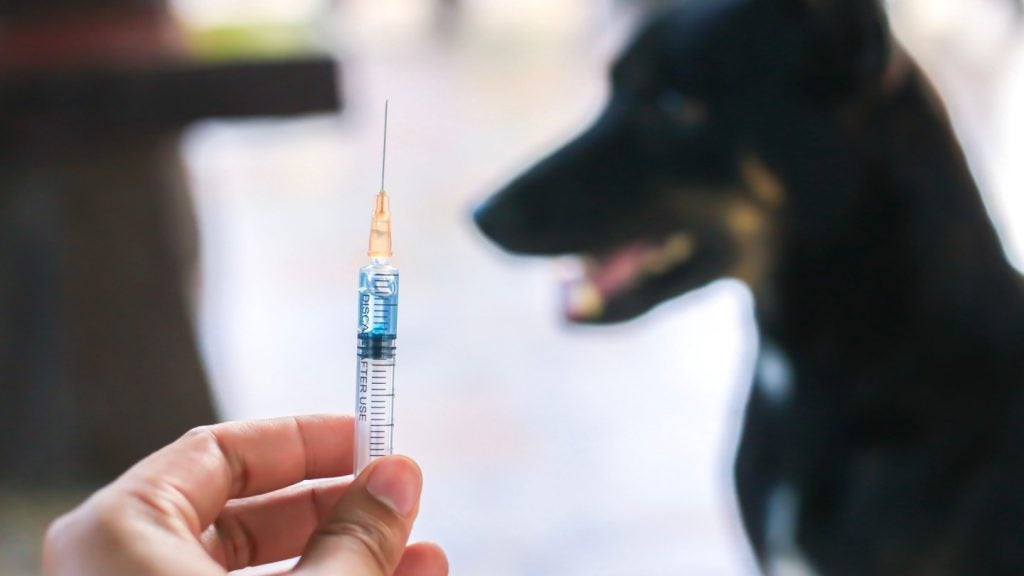Innovation in neuropsychiatry has been dormant for nearly forty years, said Kabir Nath, CEO, Compass Pathways in a panel discussion at the FT Global Pharma and Biotech Summit on 7 November. Recent developments, such as the approval of Bristol Myers Squibb’s Cobenfy (xanomeline-trospium) for the treatment of schizophrenia and Sage Therapeutics’ approval of Zurzuave (zuranolone) in post-partum depression signify a change in that. The significant lack of innovation is changing, with large Phase III studies investigating psychedelics such as psylocibin in an effort to “move from anecdotal experience to evidence” Nath stated.
A major hurdle in the neuroscience field is that Phase III trials are costly and current animal models do not translate well for CNS disorders, which makes clinical research for neuropsychiatry and neurodegenerative diseases challenging. This makes the right patient selection strategy crucial.
Targeting the right patient population
While discussing if the pharmaceutical sector is going to see a return on investment (ROI) in this field, Seth Ettenburg, President and CEO, BlueRock Therapeutics, highlighted that investment in neuroscience is cyclical, with some excitement for emerging treatments. However, this is underlined by a lack of clear causality and biomarkers which makes cures more elusive compared to other fields. Bromley noted that approval of a product in this very complex field is challenging and the launch of Leqembi was a remarkable example of establishing proof of concept in neurodegenerative diseases.
Introducing new treatments for conditions like Alzheimer’s Disease requires massive infrastructure, said Kylie Bromley, Vice President and Managing Director, UK & Ireland, Biogen. Biogen’s Aduhelm (aducanumab) was one of the first amyloid-targeting drugs to be approved for Alzheimer’s treatment wave, but it was pulled from the market earlier this year.
Additionally, identifying the right patients is crucial, as only a small subset—around 2% of diagnosed Alzheimer’s patients—are suitable for current treatments, with early-stage patients showing the best response. Therefore, improving diagnosis will be key to tackling neurodegenerative disease and thus investment in less intrusive diagnosis methods, such as blood-based biomarkers will be crucial. Overall “infrastructure implementation will enable access to treatments” she concluded.
According to the speakers, investment in neuroscience involves a high risk, cost and failure rate. While discussing the case of Leqembi, which saw less commercial success than analysts initially expected, Nath compared it to Johnson & Johnson’s Spravato, which took many years but is now becoming a blockbuster drug.
Innovation in neurodegenerative diseases.
The importance of biomarkers and technology (such as blood-based diagnostics, AI) offering new diagnostic tools, was highlighted by Bromley, who mentioned the software Novoic can use AI to identify patients earlier for clinical trials, streamlining the process. Technology is increasingly critical in early patient identification and trial recruitment, especially in identifying pre-symptomatic patients as research is looking earlier in the disease.
According to her, AI and analytics advancements could improve diagnostic efficiency and foster a more targeted approach, crucial for treatments with narrow patient applicability.
Is raising money in neuroscience becoming easier?
In the case of neuropsychiatry, Nath stated that the space is a small community, but there is growing interest in the therapeutic potential of psychedelics for PTSD, depression, and anxiety, despite regulatory hurdles and mixed public perception. However, large-scale robust trials are essential, especially in a field that lacks robust biological markers, he added.
The neuropsychiatry field faces persistent challenges due to the lack of biological biomarkers for conditions like depression, relying instead on broad diagnostic labels. According to Nath, a precision approach is not applicable in neuropsychiatry as companies fail to transition from Phase II to Phase III clinical trials, bringing up the example of Alto Neuroscience’s recent setback in a Phase IIb trial (NCT05712187). Nath believes that the potential for functional improvements and quality-of-life gains fuels optimism and investment.
With one in nine people having a CNS disorder, there is an unmet need and untapped opportunity and Ettenbrugh said “opportunity in the space drives investment”.















